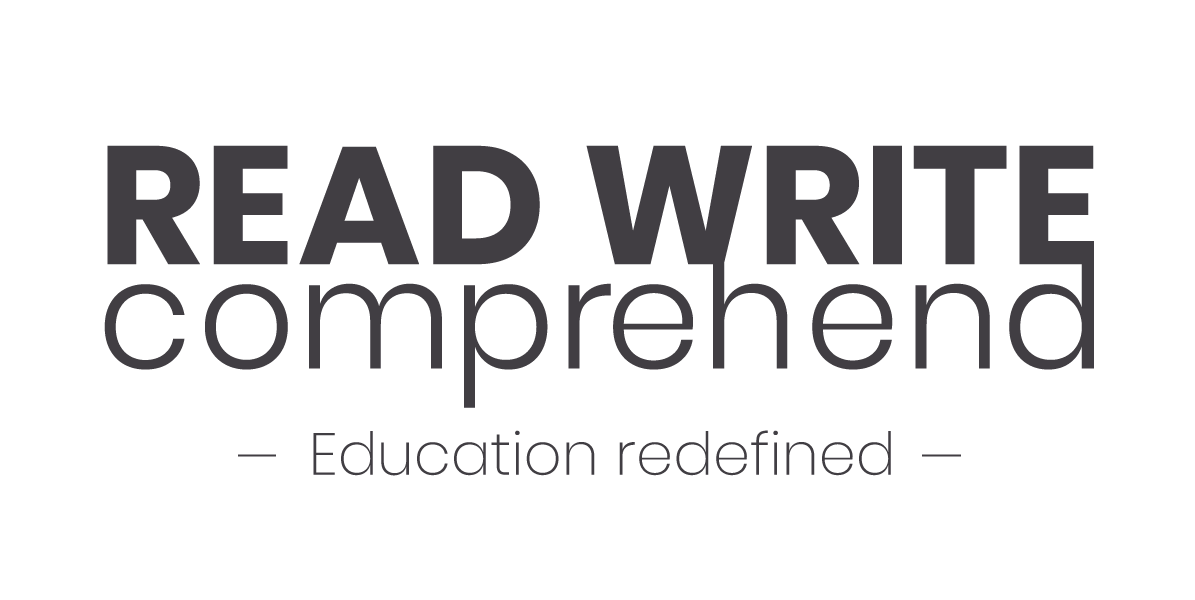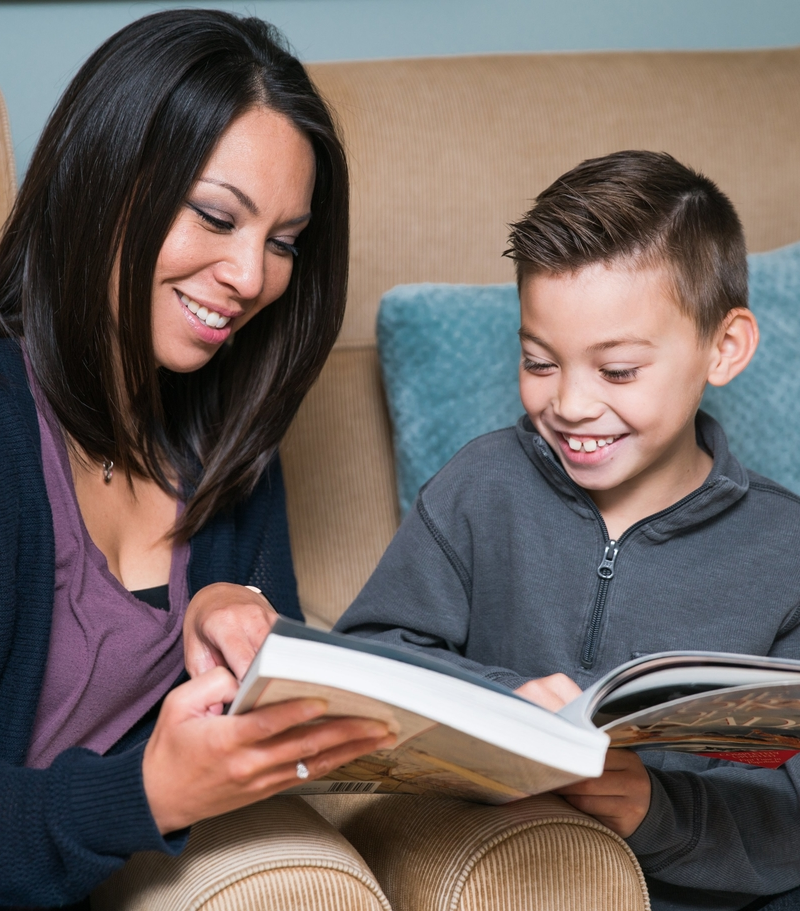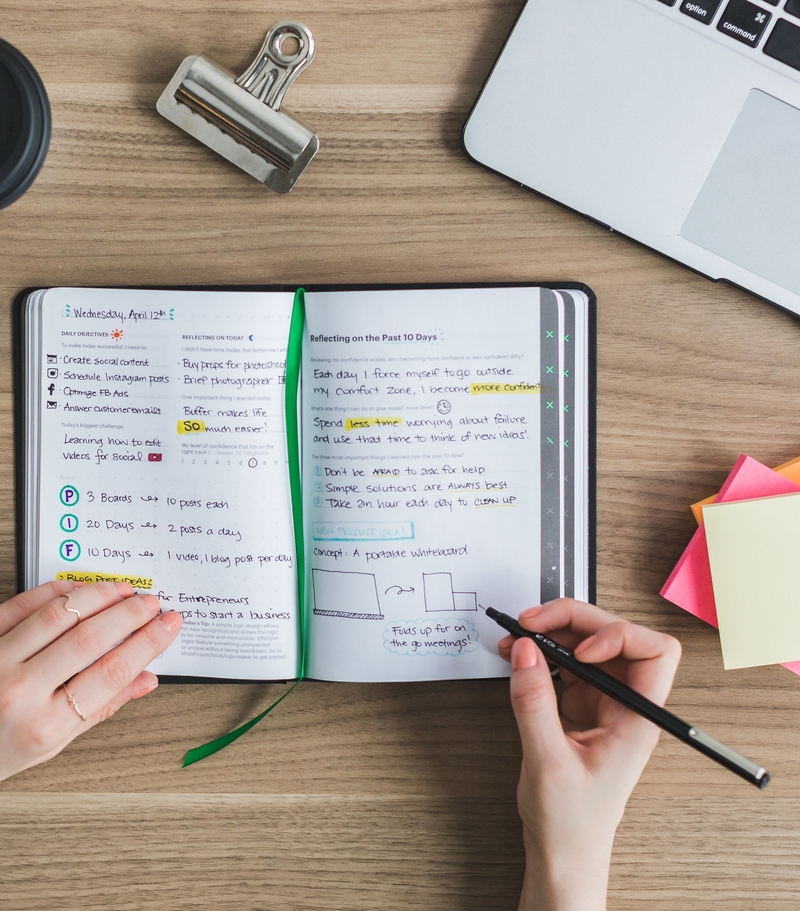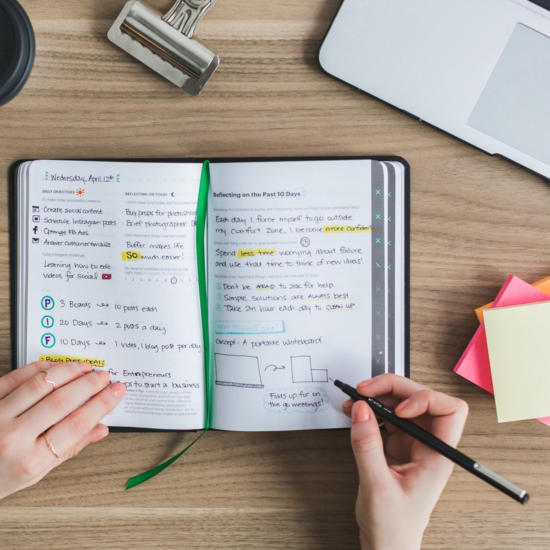Comprehension Strategy Using KWL

It is one thing to read words passively and another to grapple with those words and establish an enlightened understanding. The words are pretty useless if we do not understand how or why they’re trying to convey a particular idea or question.
Comprehension drives our motivation to read any particular text; we read to discover, to understand, to grow.
Comprehension drives our motivation to read any particular text; we read to discover, to understand, to grow. The better our comprehension, the more fulfilling our learning will be. All that being said, comprehension can be a difficult end goal to bring to fruition. Today we are going to explore what comprehension means and delve into one strategy that can help you or your child make sure you are fully grasping the material.
Comprehension is the action or capability of understanding something. This is something that seems relatively straightforward, but can be difficult to verify by yourself, after-all, how can you be sure you have understood everything about a subject you are learning? Balancing that overconfidence with well-deserved recognition or even pride in your accomplishments can be a difficult line to walk. But if we allow ourselves to break down our understanding and develop ways to verify our understanding of the material we have a better chance of objectively analyzing our current understanding of the material.
KWL is the acronym for a comprehension strategy that breaks down comprehension analysis into three checks, with verification: what I Know, What I want to know, and what I Learned (KWL). Using this process is not a foolproof way of making sure we understand everything about everything, but it can help us ascertain whether or not we have met the learning objectives we originally set out for.
Here are the breakdowns for KWL as follows:
- What I Know – This foundational step has us identify and catalogue what we already know. During this stage we should spend a couple minutes brainstorming what we already know about the topic. Writing this down lets us establish our current knowledge with knowledge and lay the groundwork for the next two steps.
- What I want to Know – This step asks us to write down our learning objectives. Learning objectives are best when they are clearly defined and actionable, which basically means that we should set goals that we can track and verify. This is the difference between saying “I want to learn more Spanish” and “I want to learn ten more spanish vocabulary words from chapter two by next Friday.” By setting actionable learning objectives we will have a better chance of meeting our goals, or at least holding ourselves rightfully accountable when goals are unmet.
- What I Learned – This is the last step but is arguably the most important, at least as far as comprehension analysis is concerned. This is when we ask students to summarise what they have learned and clarify any new information that was learned that may have been different from their existing knowledge. This cycle of questioning and answering allows us to grapple with comprehension and solidify the new knowledge in tangible and memorable ways
KWL is usually written into a graphic organizer divided into three columns. Furthermore, if you are interested in exploring KWL more, National Behavior Support Services has great examples of how to use KWL.
Adapted from: Ogle, D. M. (1989). The know, want to know, learn strategy. In K.D. Muth (Ed.,), Children’s comprehension of text (pp. 205-223). Newark, DE: International Reading Association
